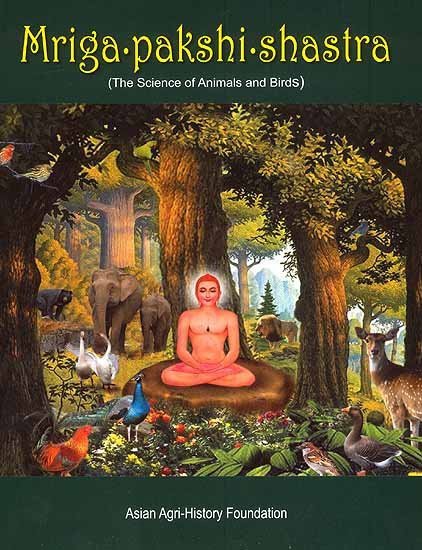Animal Kingdom (Tiryak) in Epics
by Saranya P.S | 2019 | 51,616 words | ISBN-10: 8190396315 | ISBN-13: 9788190396318
An English study the Animal Kingdom (Tiryak) in Epics.—The present thesis is based entirely on Ramayana and Mahabharata although an attempt is made to analytically compare the Animal kingdom with Mriga-pakshi-shastra—‘The ancient Indian science of of Animals and Birds’....
Chapter 4.2 - Pioneers of zoology
Shalihotra[1]
According to the Ayurvedic tradition Shalihotra was one of the oldest vetenary physician, who lived in the 3rd BCE. He got so many such students those are high lighting the knowledge from him. He was considered the founder of vetenary science in ancient India. His father Hayaghosha lived in Shravasti. His principal work was Shalihotrasamhita which is a large treatise on the care and management of horses. Shalihotrasamhita comprised off 12000 Shlokas.
Shalihotrasamhita contains the following eqwine and elephant anatomy, physiology surgery and diseases with their curative andpreventive measures. It also described on the body structures of different races of horses. Identified structrual details by which one can determine the age of a horse. According to the history of vetenary science, many of the authors named their work after Shalihotra. His works are Ashvaprashna and Ashvalakshna shastra.
Palkapya[2]
Palkapya who lived in the 1st BCE. He had wast knowledge about elephants in India. He wrote Hastyayurveda which described the anatomy, physiology, disease, surgery management and mediciens of elephants. Hastyayurveda also known as Gajayurveda or Mahapada. It consisted with 20000 shlokas.
Palkapya dedicated his work to lord Ganesha. Hastyayurveda divided into four chapters.
- Maharoga-sthana (Major diseases), - 18 chapters,
- Kshudraroga-sthana (Minor diseases) - 72 chatpers,
- Shalya-sthana (Surgery) - 34 chapters,
- Suppliment of materia-medica - 36 chapters.
Bhoja parmara[3]
Bhoja was one of the parmara king. Who lived in the 11th CE.His kingdom untred around the Malva region. He was known for his arts literature and scientific knowledge. He was a most celebrated king and as a righteous scholar king in Indian history. He wrote lot of works in Sanskrit. He wrote the work Shalihotra, a book on horses, their diseases and remedies.
Sunandaka and Cakra[4]
There are no informative notes available about Sunandaka and Cakra later zoologists or scientific writers mentioned these persons as their pioneers.
Hamsadeva[5]
In the Sanskrit literary history, book and studies related to the environment through various branches of science, have their limitations. Biological writings are few indeed. The first biological book written in Sanskrit is “Mrigapakshishastra” by Hamsadeva. This was written in the 13th century. In this we have extensive descriptions of the higher classes of birds and animals and their classifications. The writer did not write the details merely from hear say or rumours but from direct personal observations and studies and thus it can be realized that it is an authentic book.
Footnotes and references:
[1]:
Mrigapakshishastra [mriga-pakshi-shastra] 289
[2]:
Idem
[3]:
Idem
[4]:
Idem
[5]:
Mrigapakshishastra [mriga-pakshi-shastra] : science of animals and birds p.167, 289
